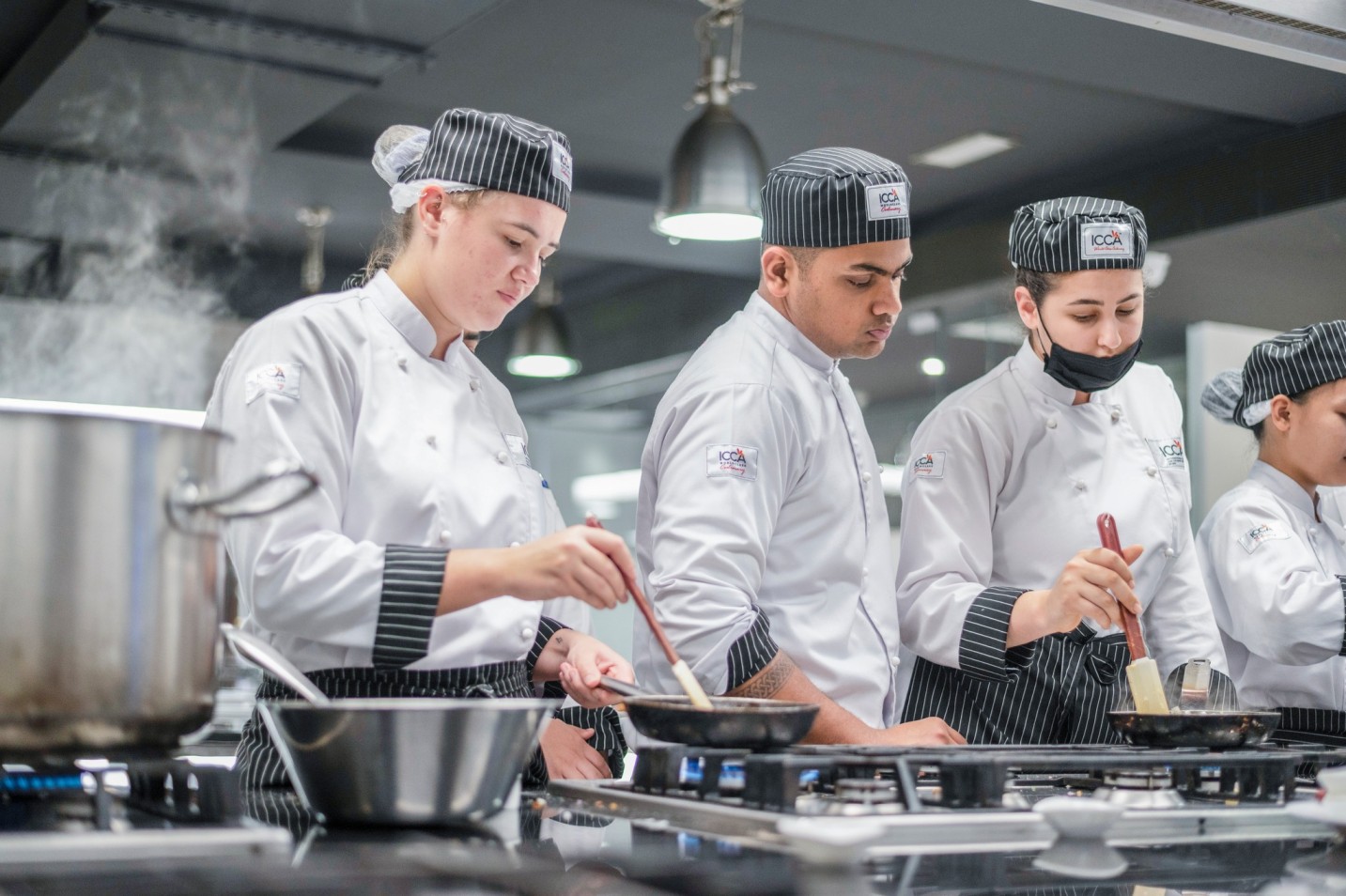The culinary lore says that fruitcakes were not that common until Roman times. For Christmas Eve they used to make a ring-shaped dessert called Plum Porridge with a mixture of plums, pomegranate seeds, pine nuts and barley mash.
Crisp white icing, boozy soaked dried fruits and the rich sweetness of marzipan say it all about Christmas. Decorated with fondant, icing sugar or even plain, a traditional Christmas fruitcake becomes much more than just a cake. No matter how much you prepare for the festive feast, it will not be complete without a fruitcake, and not to mention the most appreciated symbol of festive hospitality during the Christmas season.
The culinary lore says that fruitcake was not that common until the Roman times. For Christmas Eve, they used to make a ring-shaped dessert called Plum Porridge with a mixture of plums, pomegranate seeds, pine nuts, and barley mash. Later, during the Middle Ages that dessert took a form of Christmas pudding with the addition of fruits, spices, and honey to the oatmeal mixture.

Towards the 16th century, the oatmeal in the pudding was replaced by cake ingredients such as eggs, butter, and flour. This mixture was then boiled into the plum cake. Eventually, fresh plums were substituted in the cake by dried plums or prunes, which were quite popular dessert ingredients of the time. By the 17th century, plums were completely out of the scene with raisins filling in the gaps, although the name continued to remain the same.
As time passed on, the upper class of the society started using ovens to bake the cake with the addition of dried fruits and spices to it. It was during this time the discovery of fruit preservation was made by soaking it in a higher concentration of sugar which was eventually replaced by alcohol with the addition of candied fruits, during the Victorian era.
In Europe, a ceremonial fruitcake was baked at the end of the nut harvest season, which was saved and eaten the following year to celebrate the beginning of another harvest season. In those days, previous year’s fruitcakes were consumed in the hope that its symbolism would bring another successful year of harvest.
Each successive century seemed to contribute or change yet another element to the cake, and by the early 18th century, the cake became pure decadence and was proclaimed “sinfully rich”, a name the cake has managed to carry till date in all its glory.
Interested in learning the culinary techniques and methods in baking and patisserie?
Head to our Professional Patisserie Program page and learn more about the course in detail.








